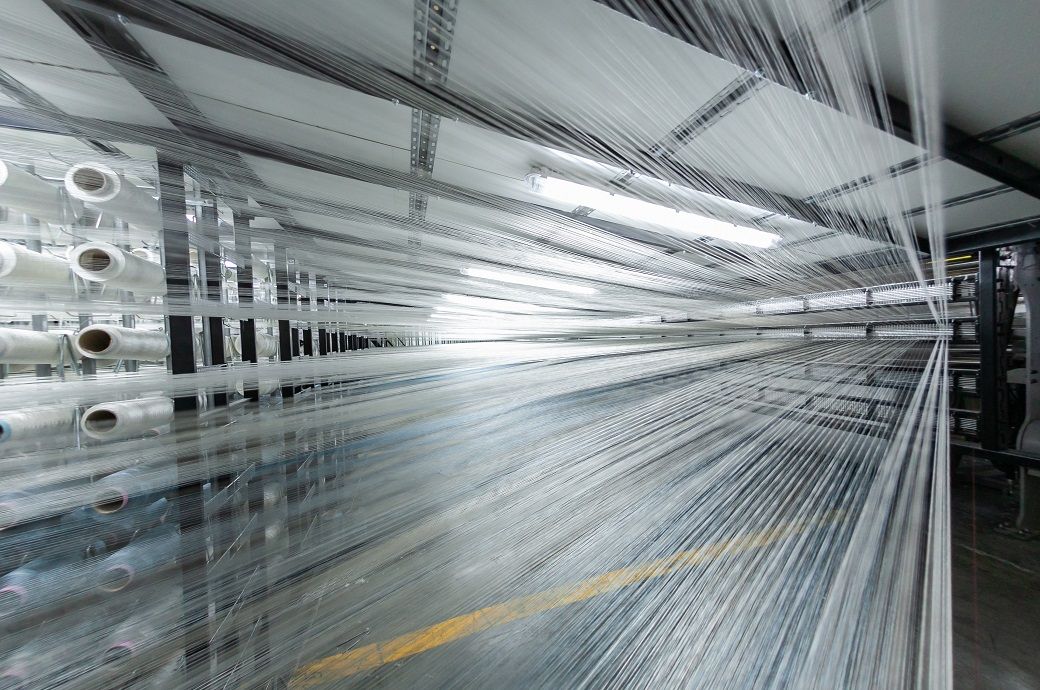
All five components of the Manufacturing PMI exerted a positive directional influence in January. Indices for new orders and output (which combined, account for 55 per cent of the PMI) each increased by over two points at the start of the year. Although they were indicative of further month-on-month contractions, the rates of decline were their weakest for nine months in both instances. A slower rate of deterioration was also seen in new orders from external1 sources, with export sales falling by the weakest margin since last April.
Nevertheless, January survey data showed substantial spare capacity at eurozone factories, as evidenced by yet another sharp monthly drop in backlogs of work. This was despite the rate of depletion cooling for a third month in succession. Further reductions to employment were made, extending the current period of job shedding that began last June, but cuts to workforce numbers were the softest in four months, as per S&P Global.
Eurozone manufacturers were less aggressive with purchasing reductions during January. After registering some of the steepest contractions in the survey history during the second half of 2023, input buying fell at the weakest pace since last March. Inventory levels declined further in January, although a softer reduction in pre-production stocks contrasted with a quicker decline in holdings of finished goods.
Sustained (albeit slower) inventory drawdowns remained deliberate, anecdotal evidence showed, with the weak prevailing demand environment a key motivator for firms to hold less stock. This was despite renewed supply chain disruption, caused by the rerouting of ships away from the Suez Canal. According to the latest survey data, suppliers’ delivery times lengthened for the first time in a year.
As for prices, January saw sustained declines in input costs and output charges, with rates of decrease accelerating for the first time since last July and last September respectively.
Looking ahead, eurozone manufacturers turned more optimistic in their 12-month growth expectations. This was signalled by the HCOB Future Output Index rising further above the 50 mark to its highest level since last April. Nevertheless, manufacturers’ optimism remained subdued by historical standards, with the index recording below its long-term average.
ALCHEMPro News Desk (DP)
Receive daily prices and market insights straight to your inbox. Subscribe to AlchemPro Weekly!